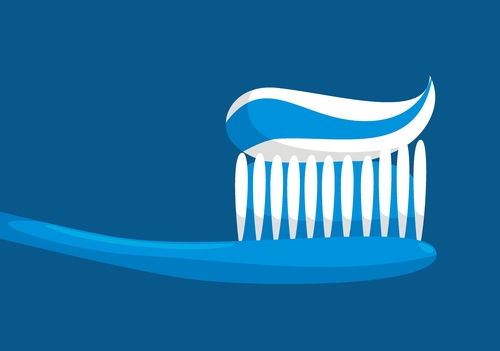Back to School Tips from Your Dentist
After a care-free, relaxing summer, back-to-school season brings a lot of change for families everywhere. While you're busy shopping for school supplies and organizing schedules, there's one aspect of your...

Feel like your toothpaste has been letting you down? You may not be using the best type for your teeth. But potential paste problems don’t stop there. Effective brushing means a synthesis of the right products and the right techniques. Don’t worry – this is less complicated than it sounds. If you’re ready to take your brushing to the next level and prevent decay, keep reading for our top tips.
To be clear, no single toothpaste is going to save you from ever having another cavity. The power of dental products truly lies in your habits and home hygiene regimen. Toothpaste isn’t magical – but your brushing technique can take it to a powerful place. Achieving effective oral hygiene is possible, especially with regular exams so that you can check in on your methods with your hygienist.
We should also mention that the most effective product is likely to be one that you actually enjoy using, as you’re more likely to keep up on your brushing. So never discount the importance of toothpaste flavors and textures.
Of course, doing some research at home is always helpful. Below, we’ve detailed some of the best toothpastes in a variety of categories. Find the one that fits your needs to start loving your brushing!
When your teeth are sensitive, your enamel isn’t able to protect inner layers of your teeth. Make sure to brush gently, as overly forceful brushing can cause receding gums and worn enamel. Choose a toothpaste with a desensitizing agent like potassium nitrate. Repeat use can help reduce twinges. Sensodyne is one widely-available option.
Plaque is constantly fighting to form on your teeth, and cling there as long as possible. It interacts with foods like sugars to produce harmful acids that erode enamel, and eventually lead to cavities. If you tend to learn about cavities at your dental exams, you’re probably frustrated and ready for a healthy smile. Try using a toothpaste with fluoride, which fights cavities naturally. Fluoride coast teeth and protects them from those bad acids. Any paste listed as “anti-cavity” will do the trick.
Also – don’t rinse after brushing. This may seem counterintuitive, but it gives fluoride more time to work on your enamel.
Whitening toothpastes contain abrasive agents that polish teeth and break up stains. That said, they’re only effective on newer stains, and won’t impact deeper discoloration. Rembrandt Deeply White is one popular and effective whitening toothpaste. If you’re not seeing a whiter smile after a few weeks, schedule a consultation to discuss teeth whitening with your dentist.
As long as your toothpaste has the ADA seal, it will prove effective. If you’re uncomfortable with common toothpaste ingredients, an ADA-approved natural alternative is perfectly fine. Tom’s of Maine is very popular and likely stocked at your local drugstore.
When plaque builds up undisturbed, it hardens into tartar, also called calculus. It’s not possible to remove tartar at home – it needs to be scraped away with a dental pick. But you can stop that tartar from forming in the first place, protecting your teeth and gums along the way. Look for mentions of tartar prevention on your toothpaste, and ingredients like pyrophosphates. Crest Tartar Protection is widely available and ADA-approved.
Braces make oral hygiene a lot trickier – at least until you get the hang of cleaning around brackets and wires. What braces patients want to avoid is enamel decalcification, which shows up as white spots after braces are removed. Using fluoride toothpaste will help keep this problem from affecting your newly straightened teeth.
You don’t need to find anything too special for your dentures – regular toothpastes should work just as well on restorations. But adding an effervescent solution could prove helpful in cleaning your dentures. Try denture products by Fixodent to blast away bacteria.